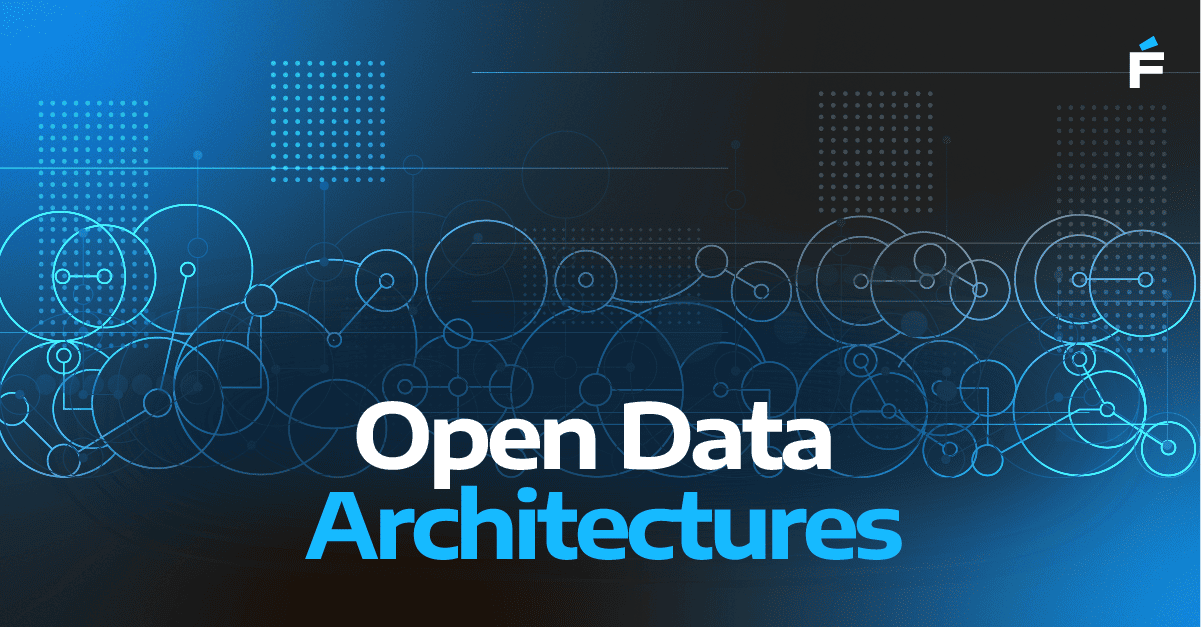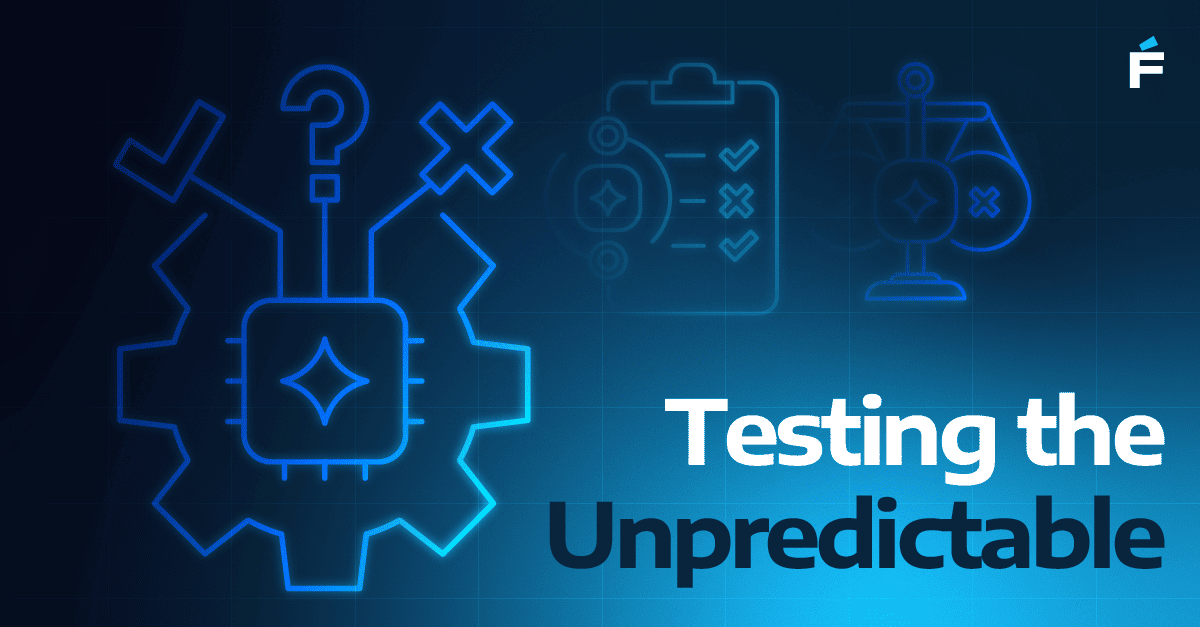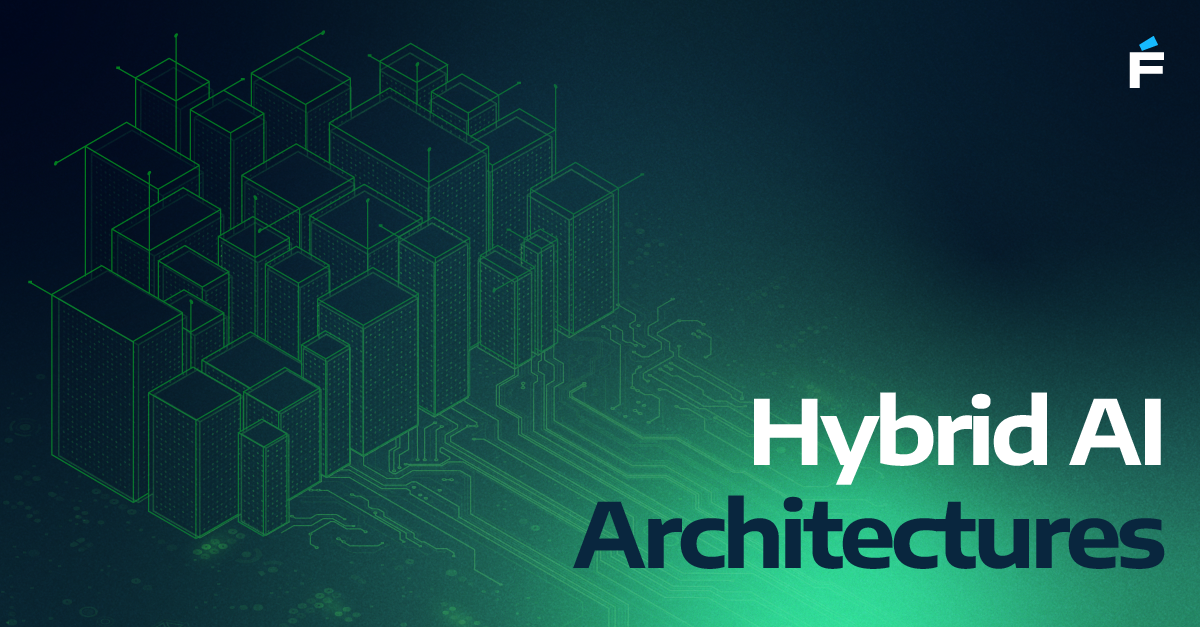Recent research from Google has offered one of the most detailed public accounts of how AI is reshaping the practice of software engineering at scale. Through empirical study and deployment across a large internal developer base, the findings provide valuable insight into how AI is improving developer productivity, software quality, and workflow automation. This post summarizes the five most critical takeaways and discusses their implications for modern engineering teams.
AI code completion drives measurable productivity gains
One of the most mature applications of AI in engineering workflows is AI-assisted code completion. When deployed in production environments:
- AI-generated code suggestions are accepted approximately 37% of the time by developers.
- Roughly 50% of typed characters in the IDE are now completed by AI, suggesting a major shift in input behavior.
- Improvements are driven by a combination of larger pretrained models, real-world usage tuning, and UX enhancements such as prompt design and model responsiveness.
These metrics confirm that AI-assisted development is not only viable but already augmenting daily engineering work at scale.

AI is moving beyond completion to contextual automation
In addition to inline suggestions, AI is now assisting with several critical development tasks:
- Adjusting pasted code to conform to local context and syntax, accounting for a growing share of IDE-generated edits.
- Resolving review comments automatically in a meaningful percentage of code review workflows.
- Suggesting build fixes and performing natural language-triggered code transformations.
These use cases point to a broader trend: AI is evolving from a passive assistant into an active participant in the engineering lifecycle, offering contextualized, intent-aware contributions.
Impactful AI features require a metrics-driven deployment process
The successful rollout of AI-powered development tools depends on rigorous productization strategies. The most effective approaches share a common three-part framework:
- Feasibility × Impact Assessment
Features are gated by technical readiness and projected developer impact. - Rapid Feedback Loops
A/B testing, developer feedback, and behavioral instrumentation are used to refine feature performance and UX. - Ongoing Productivity Monitoring
Key metrics—including adoption rates, error resolution time, and developer satisfaction—are tracked continuously to validate outcomes.
This structured methodology ensures that AI integration enhances rather than disrupts engineering workflows.
Internally generated data is a strategic advantage
One of the most important enablers of effective AI in software engineering is access to high-quality internal data. The following signals have proven especially valuable for training and fine-tuning models:
- IDE edit histories and copy-paste events
- Code review comments and resolution metadata
- Build failure diagnostics
- Code search behavior and query feedback
- Explicit user actions such as suggestion rejection or correction
The organizations best positioned to leverage AI will be those that can capture, label, and interpret these engineering signals at scale.
Engineering workflows are being reimagined around AI
Looking ahead, the research highlights a future where software engineering becomes increasingly conversational, intent-driven, and AI-assisted. Expected developments include:
- Transitioning from static autocompletion to natural language interfaces for describing code intent
- Automating outer-loop processes such as build stabilization, bug triage, and planning
- Reframing engineering tooling to anticipate developer goals and context
This transformation is not speculative—it is already underway in well-instrumented environments and is likely to become standard practice over the next five years.
The adoption of AI in software engineering is maturing rapidly. What began as exploratory tooling has become a production-grade capability that measurably improves productivity and reduces cognitive load. The most successful implementations are characterized by:
- Deep integration into developer workflows
- Metrics-driven iteration and validation
- Strategic use of behavioral data for model tuning
For engineering leaders, the message is clear: AI is not a future consideration—it is a present lever for competitive advantage. Organizations that systematically invest in AI-augmented development environments, while preserving engineering intent and control, will lead in both speed and quality of delivery.
Forte Group partners with technology-enabled businesses to build modern engineering capabilities grounded in data, automation, and outcome alignment. Our AI-driven delivery approach ensures that innovation is not only possible—but repeatable.





